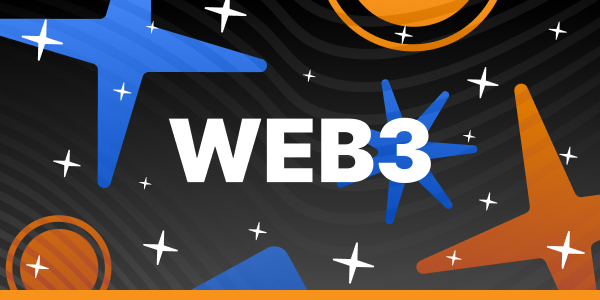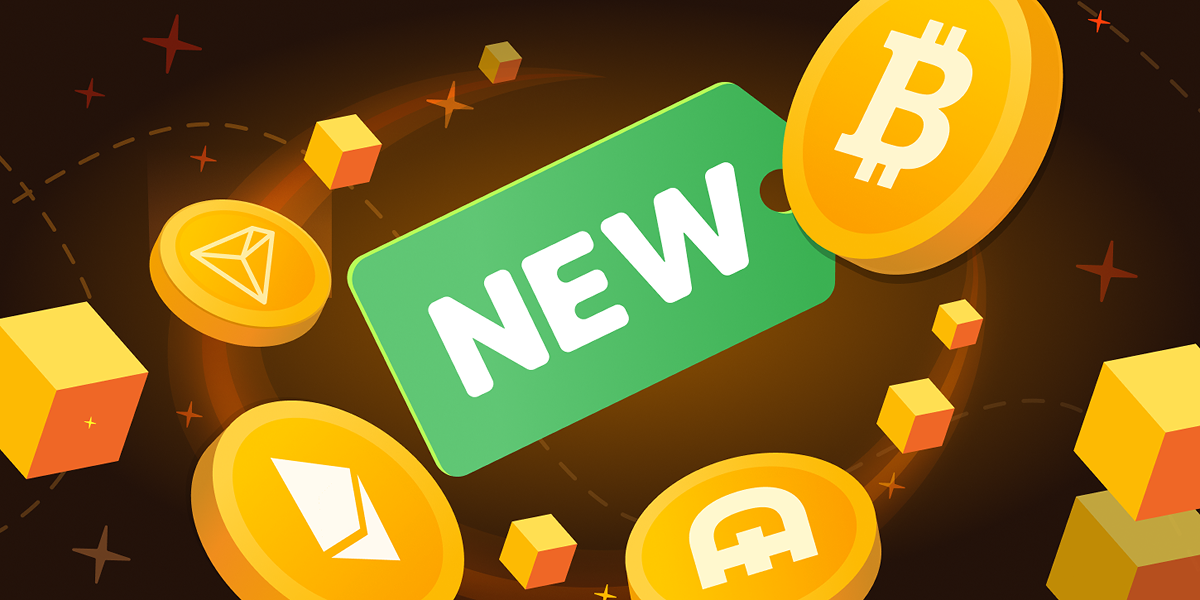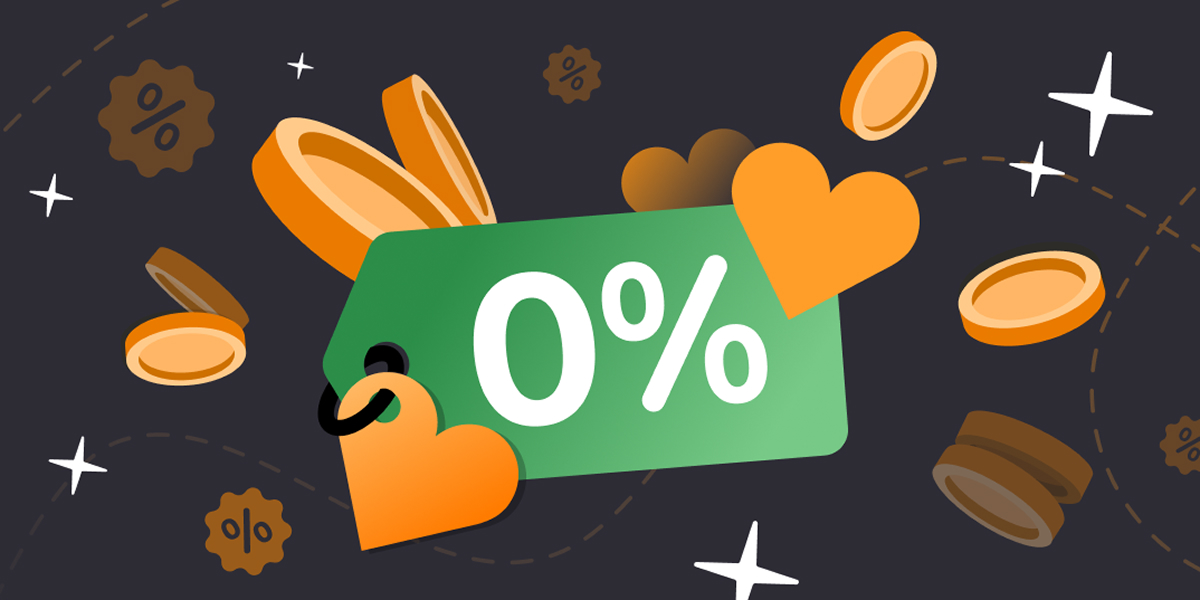NC Wallet News
View allThe Future of the Internet
Introduction to Web3: What You Need to Know

Do you check your phone almost immediately after you wake up? Do you scroll through the digital news feed before you go to bed? Most of us spend a lot of time online. The ever-growing needs and wants are becoming more complicated thus the Internet, also referred to as the World Wide Web, has to adjust to constant change.
In this article, we will take a look at the history of the Internet and focus on the latest stage, known as Web3.
Evolution of the Internet
Over the years, the Internet has progressed from read-only static pages to multiverses imitating the real world.
Web1
The first generation of the Internet called Web1 lasted from the late 1980s to the early 2000s. This stage is characterised by minimal functionality. Users could hardly interact with online content as the pages were interlinked, and sending emails was practically the only way of communicating with other users.
Web2
Then, it was time for a big change. Officially going live in 2004, Web2 offers a much more interactive approach. The second era of the World Wide Web have introduced social media, cloud storage, and the possibility of selling and buying goods online — the list goes on and on.
Since then, big tech companies, such as Google, Meta (Facebook), Apple, and Amazon, have become the trendsetters in charge of governance and control of the Web2 space.
Web3
However, not everything was as perfect as it first seemed. Striving to improve several critical aspects of the Internet, Web3 emerged a few years later, in 2014.
Let’s take a look at this example: did you know that the pictures you post on your personal social media page do not belong to you? Instead, your content is controlled by the governing entity — in this case — the owner of that social media platform. As a result, your pictures can be deleted, restored, or even shared for marketing purposes without consent.
Here is when Web3 comes along: it works to deliver a new and improved World Wide Web, where users own and govern content themselves.
Web3: Main Features and Examples
There are several functional differences between Web2 and Web3. As mentioned before, in Web2 the control over information is in the hands of third-party companies. On the contrary, in Web3, your personal and sensitive data is no longer collected and used by middlemen without permission. Now you are the one in control – that’s why Web3 is called decentralised.
The new era of the Internet also brings innovative concepts, such as blockchain and cryptocurrency. With the help of these technologies, you can retain your proof of ownership, participate in network governance, and get access to a variety of different services, e.g. performing basic and advanced financial operations, playing games, creating art, and so on.
For instance, if we focus on the finance sector, we should mention that Web2 offers payments that rely on banks and payment processors, which can make it harder to send money across the border and also result in large fees. In the Web3 space, however, you can perform operations with no middlemen involved. What’s more, you are only required to pay penny-sized commissions used to guarantee safe and secure transactions. Keep in mind that some unique crypto wallets, like NC Wallet, may cover such fees.

Web3 is a prosperous vision of the Internet of the Future. Don't forget to spread the word about the importance of the new Web!

Recently Added

4 more coins on Binance network

All fees are covered by NC Wallet


 en
en de
de
 fr
fr
 es
es
 it
it
 ru
ru
 pt
pt